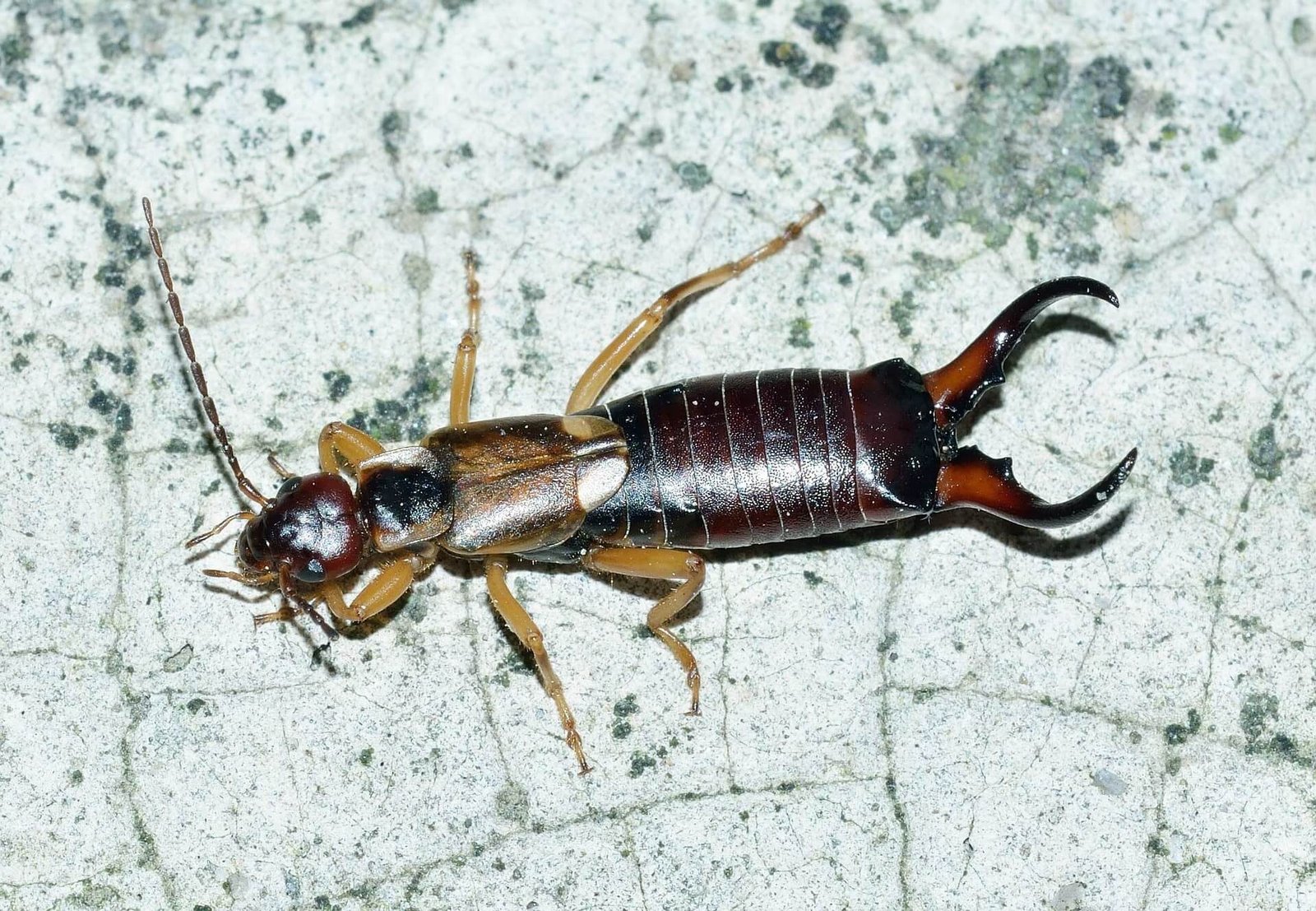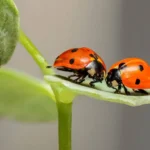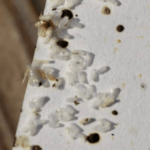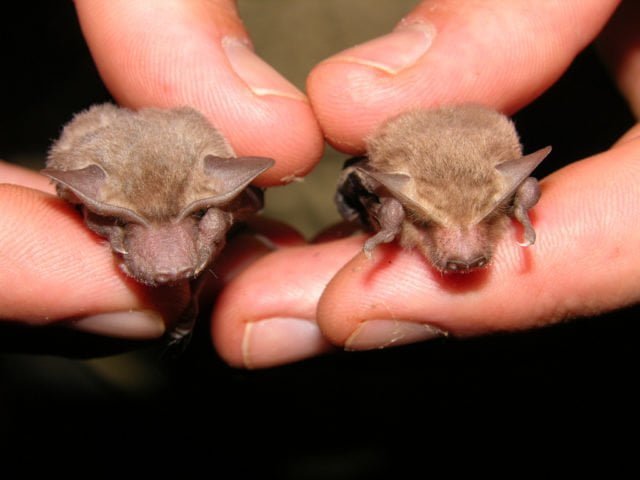Pincher bugs, or earwigs, are ubiquitous pests of outdoor spaces and gardens everywhere. Although these bugs pose no threat to humans, they can wreak havoc on your garden and your harvest.
According to a survey by the National Gardening Association, 29% of gardeners consider earwigs to be a serious problem. Pincher bugs are fascinating and potentially harmful insects due to their unique pincers and nocturnal habits.
This page will discuss the nature of pincher bugs, where they thrive, the effects they have on garden ecosystems, and how to prevent and get rid of them. At the end of this piece, you should have a better idea of whether or not pincher bugs are a nuisance in your garden.
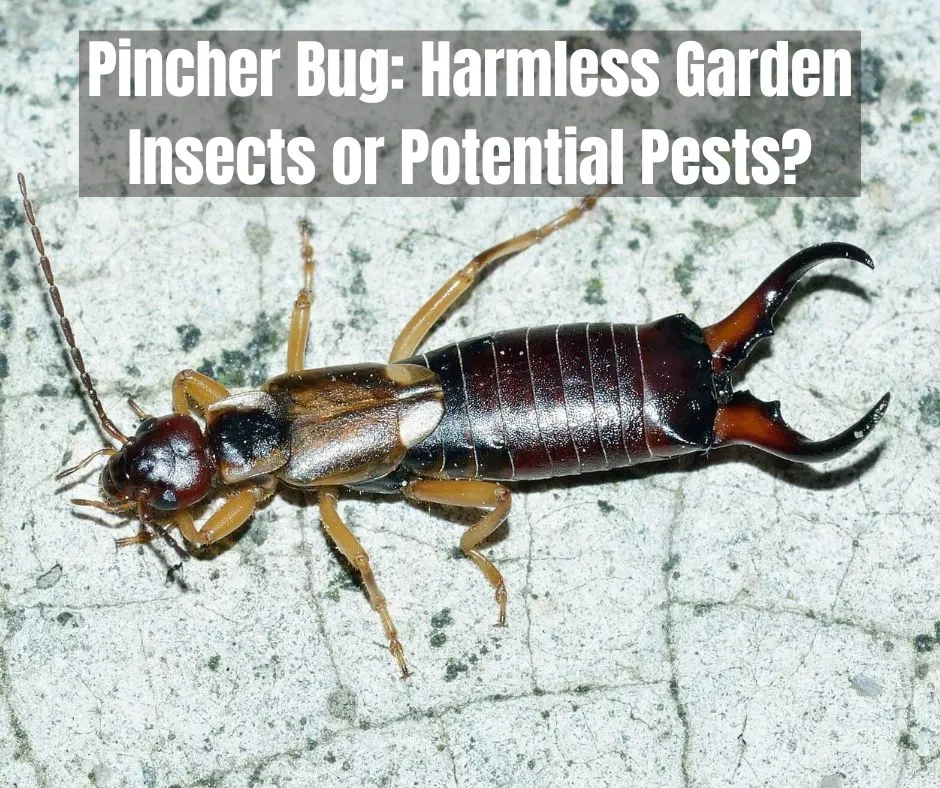
The Natural Environment of Pincher Bugs
Preferred Living Environment of Pincher Bugs
Earwigs, or pincher bugs, are common pests that can be found just about anywhere. The best places to look for them are dirt, rocks, and logs in gardens. They are tough to notice because they are nocturnal and hide throughout the day.
Although they can survive in a wide temperature range, pincher bugs are most comfortable in mild conditions. In addition to moist basements, crawl spaces, and other regions with high humidity, they are attracted to areas with abundant organic debris, such as compost piles.
Pincher bugs want to stay in places that keep them safe from predators and harsh weather. Because of the need for cover and shelter, they tend to congregate in places with abundant vegetation. They prefer humid environments, such as moist soil or leaf litter, because this provides the moisture they need to survive.
In addition, pincher bugs can be found in locations with an abundance of decaying organic matter because they feed on a wide range of organic items, from dead plants to other insects.
Their Natural Predators
The number of pincher bugs is kept in check by a variety of predators found in the wild. Birds, toads, and other insectivorous animals are among these predators. Pincher bugs are eaten by many other insects, including spiders and centipedes. Pincher bugs are susceptible to infection from nematodes and parasitic wasps.
Pinch bugs have a variety of natural enemies, including birds. They have little trouble tracking down and capturing these insects, especially at night when they are most active.
As a result of their large tongues, toads are also successful predators of pincher bugs. Pincher bugs may be consumed by shrews and hedgehogs, both of which are known to eat insects.
Pincher bugs are a favorite food of spiders and centipedes. These predators have powerful legs and poisonous fangs, allowing them to trap and defeat pincher bugs.
Pincher bugs have a number of natural enemies, including nematodes and parasitic wasps. These parasites weaken the pincher bug to the point of death by laying their eggs inside of it.
Pincher Bugs as Garden Insects
Pinch Bugs Have Positive Effects on a Garden’s Environment
Pincher bugs are vital members of garden ecosystems because they help convert decaying organic matter as dead leaves and rotting plant debris into nutrients that living plants can use.
In addition to aphids and mites, they have been found to eat other insects, which can be good for plants. In addition, many creatures, such as birds and toads, rely on pincher bugs for sustenance.
Pincher Bugs’ Negative Effects
This insect can benefit a garden’s ecology but harm plants and produce. Pincher bugs eat flowers, vegetables, and fruits. They munch on plant leaves and stems and burrow into strawberries and raspberries.
Pincher bugs can damage plants and crops and attract other pests. They like wet regions and can hide slugs and snails, which damage plants.
Pincher bugs can multiply swiftly and endure a wide variety of temperatures, making them difficult to control in gardens. Many approaches can lessen their impact on plants and produce.
They include eliminating decaying organic materials like leaves and dead plants from the garden and utilizing traps and barriers to keep pincher bugs out of plants and produce. As a last resort, insecticides may harm beneficial insects and other ecosystem animals.
Signs of Pincher Bug Damage
Signs of Pincher Bug Infestation and Damage
Infestation and damage from pincher bugs can show themselves in a number of ways in a garden or on plants. Among these are:
- Chewing damage: Pincher bugs eat many different parts of plants, from leaves and stems to flowers and fruits. Pincher bug damage can be identified by the presence of holes in the leaves or the disappearance of small pieces of the plant.
- Plant wilting: Pincher bugs thrive in humid conditions, and their root and stem feeding can kill plants. Pincher bug damage can manifest as withering plants in the garden despite appropriate watering.
- Burrowing damage: Strawberries and raspberries, for example, often have pincher bugs burrowing into them. Pincher bugs may have invaded your garden if you notice burrowing damage on your fruits and veggies.
How to Determine If Pincher Bugs Damaged Plants
It is necessary to search for other evidence of pincher bug activity in the garden to determine if pinchers are the source of plant damage. Such examples could be:
- Presence of pincher bugs: Pincher bugs are difficult to notice since they are nocturnal and seek cover during the day. But, it’s not uncommon to see them concealed beneath garden rocks, logs, or other organic debris. There may be evidence of pincher bug damage to the garden if pincher bugs are found there.
- Damage to multiple plants: Since pincher bugs eat such a wide range of plant species, damage to several different types of plants in the garden could indicate an infestation.
- Location of damage: Pincher bugs thrive in humid conditions and can be a nuisance to gardeners if they invade their plants in the shade or near a water source. Pincher bug activity may be indicated if plants in the region show indications of injury.
Pincher Bugs: Preventing and Managing an Infestation
Chemical-Free Pincher Bug Control
Pincher bugs can be prevented and controlled in a garden or on plants using a variety of non-chemical approaches. Among these are:
- Remove decaying organic matter: Pincher bugs prefer wet areas because of the abundance of decaying organic waste there, such as dead leaves and rotting wood. Getting rid of this debris in the yard can aid with pincher bug control.
- Use barriers and traps: Pincher bugs like to feed on dead leaves and rotting wood, both of which are common in damp environments. Eliminating this yard waste can help with pincher bug management.
- Increase air circulation: Pincher bugs thrive in moist places since those are where their favorite foods are found: decaying leaves and rotting wood. Pincher insect control can be improved by getting rid of this yard’s trash.
- Encourage natural predators: Pincher bugs are most numerous in damp environments, as this is where their preferred food sources, such as dead leaves and rotting wood, are located. Getting rid of this yard waste will help with pincher bug control.
Chemical Methods to Control Pincher Bugs
Controlling pincher bugs using chemicals is a last choice because of the risk they pose to other organisms in the environment. Insecticides can be used to get rid of pincher bugs if other approaches don’t work.
Although insecticides like pyrethrin or carbaryl are effective against pincher bugs, their use should be monitored to prevent unintended harm to other species.
Insecticides should be used according to label directions, and not when beneficial insects, such as bees, are foraging in the garden. To prevent pincher bug populations from becoming immune to pesticides, it is crucial to rotate their use.
Frequently Ask Questions
What is a pincher bug?
Earwigs and other insects having pincer-like appendages on their abdomens are called pincher bugs. They come out at night and thrive in damp, dark places.
What does a pincher bug eat?
Pincher bugs’ diets consist primarily of dead plants and decomposing leaves. They can be a nuisance to garden plants and harvests, as well as a source of food for other insects.
Are pincher bugs harmful to humans?
In addition to not biting or stinging, pincher bugs pose no health risks to people. When they do, though, they can be a nuisance if they find their way inside.
What are the positive aspects of pincher bugs in a garden ecosystem?
Pincher bugs are decomposers, so having them around in the garden is a good thing. They prey on a wide variety of insects, including some that could be harmful to a garden.
What are the negative impacts of pincher bugs on garden plants and produce?
Damage to leaves, fruits, and vegetables can be caused by pincher bugs in gardens. They can also damage young plants by boring holes in tender stems and leaves.

